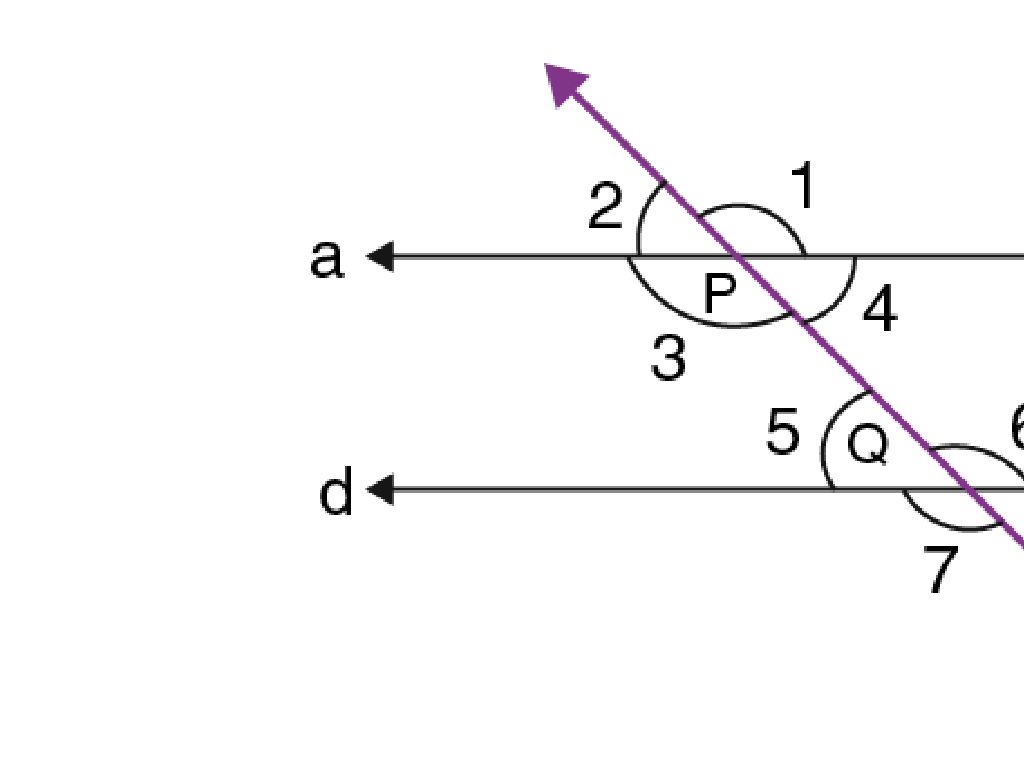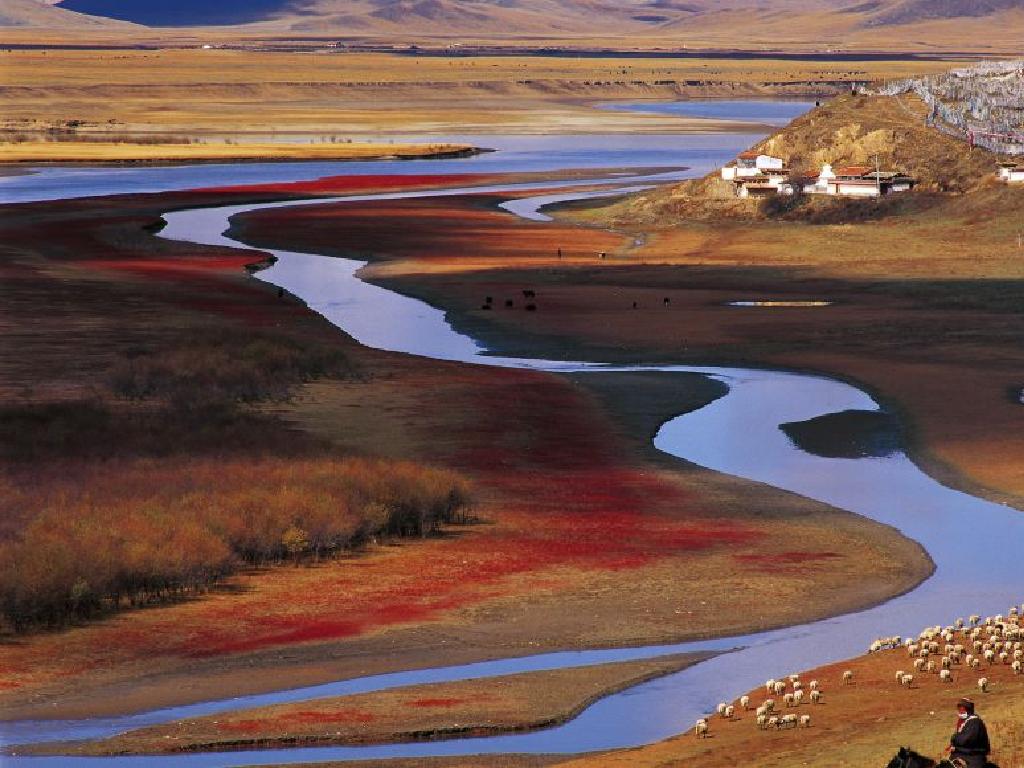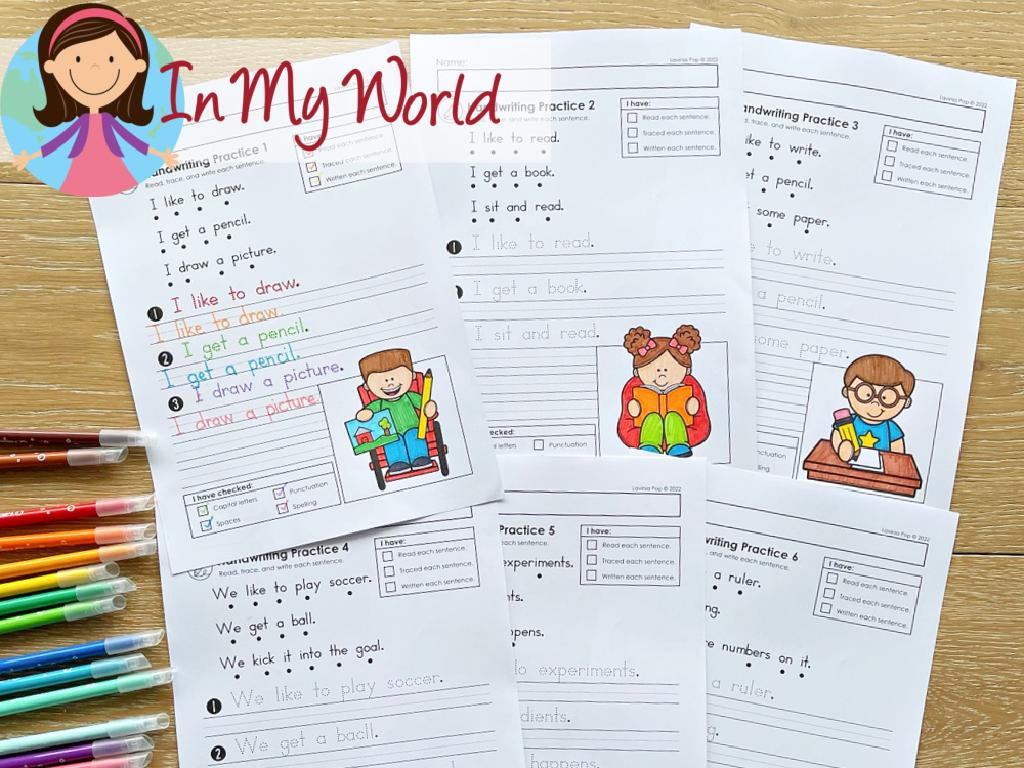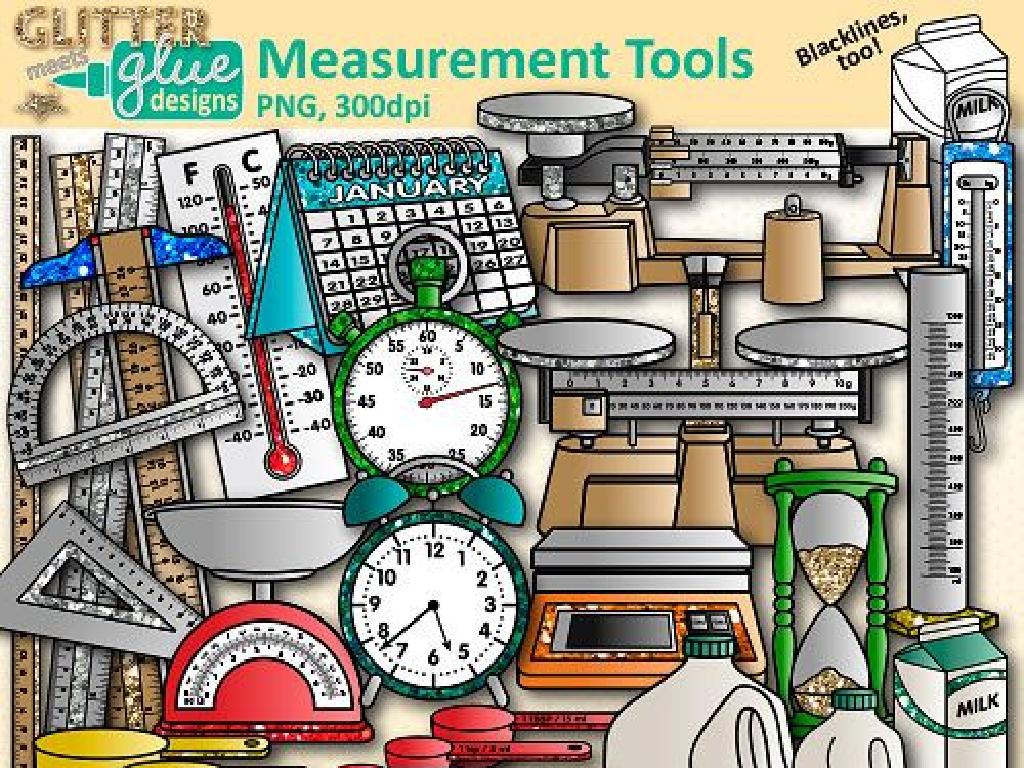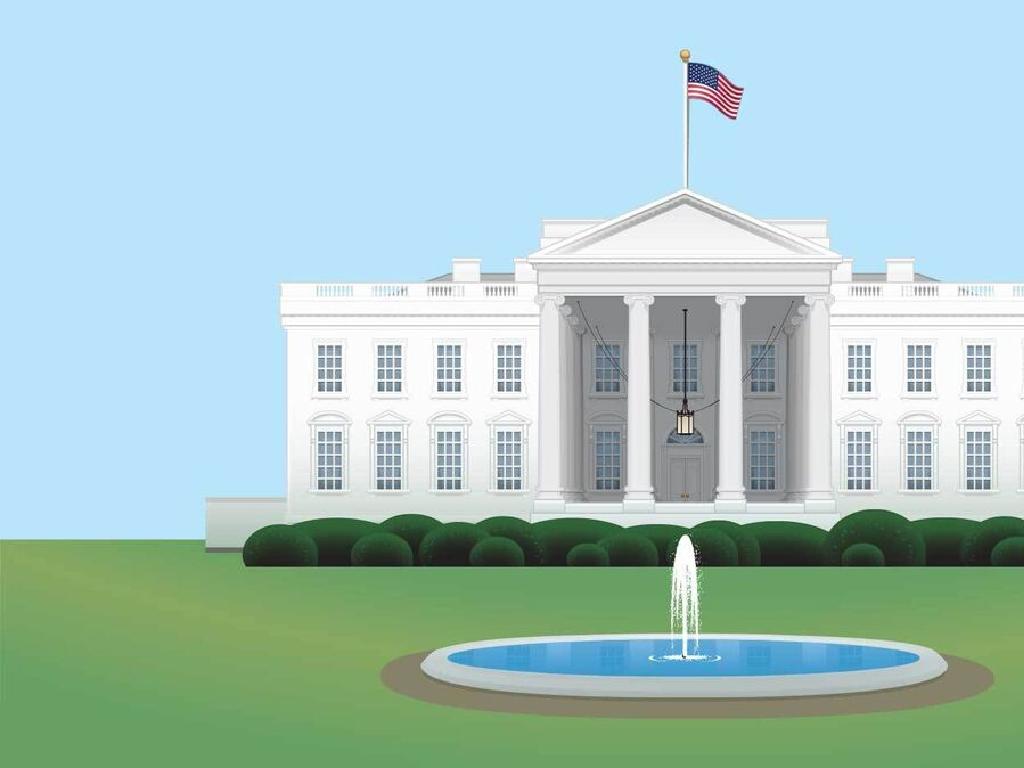Identify State Capitals Of The Midwest
Subject: Social studies
Grade: Fifth grade
Topic: State Capitals
Please LOG IN to download the presentation. Access is available to registered users only.
View More Content
Midwest State Capitals Adventure
– Importance of state capitals
– They are the administrative centers of a state
– Defining a state capital
– It’s the city where the government is based
– Exploring Midwest capitals
– We’ll learn capitals of states like Illinois and Ohio
– Fun facts about each capital
– Did you know Madison is named after President James Madison?
|
This slide introduces the concept of state capitals within the context of the Midwest region. Begin by discussing the role of state capitals as the hub of government activities, including being the location for the governor’s office and state legislature. Clarify the definition of a state capital for the students, ensuring they understand its significance. Then, guide the class through an exploration of the Midwest state capitals, perhaps using a map to provide a visual aid. Share interesting tidbits about each capital to make the lesson more engaging. Encourage students to think about what makes these capitals unique and why they might be important to the state’s identity and history.
Exploring the Midwest Region
– What defines the Midwest?
– A region in the U.S. known for agriculture and industry
– States within the Midwest
– Includes states like Ohio, Michigan, and Illinois
– Characteristics of the Midwest
– Known for its flatlands, agriculture, and cultural diversity
– Capitals of Midwest states
|
This slide introduces the Midwest region of the United States, setting the stage for identifying the state capitals. Begin by discussing the geographical and cultural aspects that define the Midwest, emphasizing its role in agriculture and industry. Review the states that make up the Midwest, using a map to provide a visual aid. Discuss the common characteristics of the region, such as the landscape and economic activities. Lastly, prepare to teach the capitals of these states in subsequent slides, ensuring students understand the context of the region where these capitals are located. Engage the class by asking if anyone has visited the Midwest or has family there to make the lesson more relatable.
Midwest State Capitals
– List Midwest capitals
– Capitals like Springfield, IL and Madison, WI
– Discover fun facts
– For example, Bismarck is the second coldest state capital in the US
– Geography and history tie-in
– Learn how geography influenced the capital locations
– Engage with capital trivia
|
This slide aims to introduce students to the state capitals of the Midwest region, combining factual information with engaging trivia. Start by listing the capitals, ensuring students are familiar with their names and locations. Incorporate fun facts to make the learning process more interesting and memorable, such as unique historical events or geographical features associated with each capital. Relate the importance of geography and history in the establishment of these capitals, and conclude with a trivia game to reinforce their learning. This interactive approach helps students connect with the material in a fun and educational way.
Learning Midwest State Capitals
– Use mnemonic devices
– Create fun phrases to recall capitals
– Employ visual memory aids
– Use pictures and symbols for recall
– Explore with interactive maps
– Click on states to reveal capitals
– Engage in capital matching games
– Match states with their capitals in a game
|
This slide is aimed at helping students memorize the capitals of the Midwest states through various engaging methods. Mnemonic devices are phrases or poems that can help jog memory. For example, ‘Indianapolis is in Indiana’ can be remembered by the phrase ‘Indy’s in India.’ Visual memory aids could include flashcards with state shapes and capital names. Interactive maps are a digital tool that allows students to click on a state to see its capital, which helps in visualizing and memorizing the geography. Lastly, capital matching games can be a fun classroom activity where students match the name of the state to its capital. These varied methods cater to different learning styles and can make the memorization process more enjoyable and effective.
Midwest State Capitals: Matching Game
– Match capitals to their states
– Role of a state capital
– It’s the location of government buildings and officials.
– Interactive class activity
– Use a map and clues to find matches.
– Enhance your geography skills
– Learn about Midwest geography and capital cities.
|
This slide introduces an interactive matching game where students will connect Midwest state capitals with their corresponding states. The activity is designed to be fun and educational, reinforcing their knowledge of geography and the importance of state capitals. State capitals are where the state government is headquartered, making them significant to the state’s political activities. Encourage students to think about why a capital’s location might be important for a state. After the game, discuss the roles and responsibilities of a state capital. This will help students understand the administrative importance of capitals. For the activity, consider using a large map and having students come up to place pins or stickers on the correct capital cities, or provide a worksheet with a list of states and capitals for them to match.
Midwest Capitals Quiz Time!
– Start with a fun quiz on Midwest capitals
– Remember, it’s about learning, not pressure
– Each question will cover a different state
– For example, what is the capital of Illinois?
– Share your answers and let’s learn together
|
This slide introduces a quiz activity to test the students’ knowledge of the state capitals in the Midwest. The quiz is designed to be a fun and interactive way for students to engage with the material they’ve learned. Emphasize to the students that the purpose of the quiz is to help them learn and that it’s okay not to know all the answers. Each question should focus on a different state to ensure a broad review of the region. After the quiz, go over the answers as a class to reinforce learning and address any misconceptions. Possible activities include a matching game, a fill-in-the-blank map, or a ‘Jeopardy’-style game where students can choose categories related to different states and their capitals.
Class Activity: Create Your Capital
– Design a state capital
– Consider location and landmarks
– Think about geographical features and historical sites
– Reflect on the capital’s importance
– Why would your capital be significant politically, culturally, or historically?
– Present your capital to the class
|
This activity encourages students to apply their knowledge of state capitals by designing their own. They should consider the geographical location, incorporating elements such as rivers, mountains, or proximity to other states. Landmarks can include historical sites, monuments, or unique buildings that might be found in a capital city. Students should also think about why a capital is important, such as being the center of government, cultural heritage, or economic hub. Encourage creativity and critical thinking. For the presentation, students can draw their capital city or create a simple model. Provide feedback on their ideas and understanding of the role and significance of a state capital.
Wrapping Up: Midwest State Capitals
– Recap of Midwest capitals
– Why capitals matter
– Capitals are key for state identity and governance
– What’s next: Northeast capitals
– We’ll discover another region’s capitals
– Keep exploring at home!
|
As we conclude today’s lesson, remind the students of the state capitals we’ve learned in the Midwest. Emphasize the importance of state capitals as places where decisions are made and history is written. They are not just places on a map, but living, breathing centers of governance and culture. Preview the next lesson by telling students that we will be exploring the state capitals of the Northeast. Encourage them to keep learning by looking at maps and trying to memorize capitals for fun. This will not only prepare them for future lessons but also help them become more geographically aware citizens.

